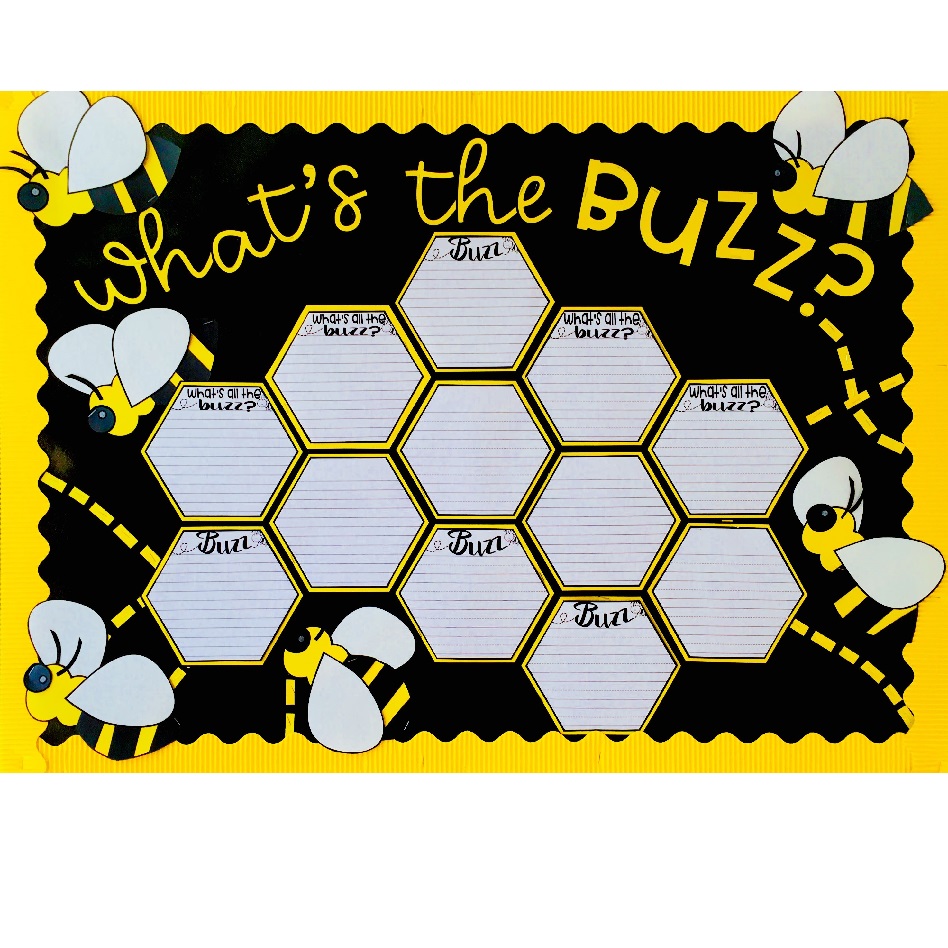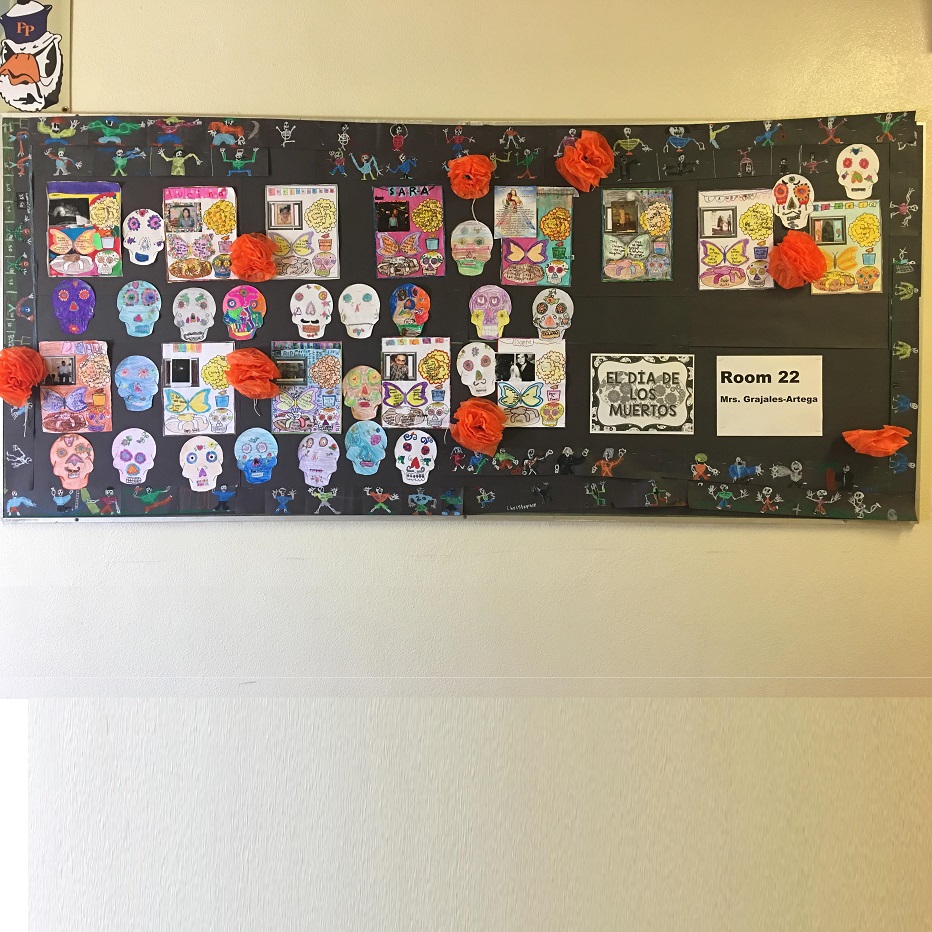Understanding Bulletin Boards
Bulletin boards are more than just a space for announcements. They are vibrant platforms that showcase student creativity and accomplishments. Every school has at least one bulletin board. It is usually found in hallways or classrooms. Teachers use these boards to display student work. This can include art projects, essays, science fair projects, and much more. The presence of these boards can greatly enhance the school environment.
Bulletin boards can also serve as visual reminders of what students are learning. They can focus on specific subjects, themes, or projects. For example, a science bulletin board might highlight discoveries in biology and chemistry. Similarly, an art bulletin board can showcase various artistic styles and techniques students are exploring. This makes learning part of the school atmosphere.
Many students find joy in seeing their work displayed. When they see their projects on the bulletin board, it boosts their confidence. They feel valued, which motivates them to work harder. It also encourages a sense of pride in their school. Students often want to contribute to a vibrant, positive environment.

Enhancing Student Engagement
Building Community
A student work bulletin board creates a sense of community. Parents, teachers, and students can all contribute. Everyone can see what others are doing. This makes learning more inclusive. It also allows for collaboration. When students see their peers’ work, they may be inspired to ask questions. This can lead to discussions in class about the projects.
Teachers can use these boards to highlight group projects. When students work together, they learn teamwork skills. This is important for their future. It helps them understand how to collaborate effectively. Seeing shared work displayed also reinforces those collaborative efforts.
Stimulating Creative Thinking
Student bulletin boards also stimulate creative thinking. When students know their work will be displayed, they may invest extra effort. They are likely to think deeper about their projects. This can enhance critical thinking skills too. For instance, a student may consider how to present an idea visually and verbally. They might explore different formats for their work, like posters or dioramas.
Teachers can also encourage students to present their work on bulletin boards in new ways. They could allow students to use digital media or interactive elements. This opens the door to innovation in their projects. When students have options, they feel empowered to explore.
By fostering creative environments, bulletin boards help students develop unique voices. Their individuality shines through when they are excited about their work. They learn to express themselves and to appreciate diversity in ideas.
Recognizing Achievement
Motivation and Encouragement
Recognition plays a big role in student motivation. A student work bulletin board recognizes individual and group accomplishments. This acknowledgment boosts students’ confidence and self-esteem. When students see their efforts praised, it inspires them. It makes them feel that hard work is valued.
Teachers can set specific achievement milestones. For example, they might recognize students who excel at a particular project. This could be the best essay in class or the most innovative science project. Celebrating achievements encourages all students to strive for excellence. They see that their efforts can lead to rewards, whether big or small.
Fostering a Growth Mindset
Bulletin boards also promote a growth mindset. When students are encouraged by their accomplishments, they are more likely to take on challenges. They understand that mistakes are part of the learning process. This helps in building resilience. They will be more willing to try new things, even if they fear failure.
Teachers can also incorporate feedback into the bulletin board process. Constructive criticism helps students understand areas for improvement. This not only encourages them to grow but shows that learning is ongoing. When students see their early drafts evolve into polished work, it reinforces the idea that growth is possible.
Encouraging Peer-to-Peer Learning
Collaborative Learning
Bulletin boards support peer-to-peer learning. When students see each other’s work, they often discuss it. They ask questions, share ideas, and provide feedback. This kind of collaboration enriches the learning experience. It encourages a learning culture where students support each other.
Group projects can be highlighted on bulletin boards. Students are more likely to engage when they can see the fruits of their collaborative efforts. They learn to appreciate different perspectives and strengths. Each student can take pride in their part of the project. This also helps them understand the value of teamwork in achieving common goals.
Creating a Safe Space
Bulletin boards offer a safe space for students. They can express their ideas and showcase their talents without judgment. This contributes to a positive school culture. When students feel safe, they are more willing to share their thoughts. They are less likely to fear criticism.
Teachers can create a positive atmosphere by promoting respect and appreciation. They can encourage classmates to celebrate each other’s achievements. This builds empathy and understanding. It integrates social-emotional learning into academics, enriching the educational journey.
The Design of Student Work Bulletin Boards
Choosing Themes
Designing a bulletin board is an art in itself. Teachers can choose themes that align with the curriculum. For example, a unit on nature can be complemented by art or writing pieces related to the environment. This creates coherence in what students are learning. It reinforces the connection between subjects and makes learning more meaningful.
Teachers can also change themes periodically. This keeps the display fresh and interesting. It allows students to continually submit new work, encouraging ongoing participation. Involving students in the decision-making process can also elevate their interest.
Layout and Organization
Effective layouts matter significantly for bulletin boards. A well-organized board is visually appealing. It can capture a viewer’s attention more successfully. Teachers can organize work by type or by student name. This helps people find specific projects easily. Using colors and textures can also enhance the overall appearance of the board.
Labels and descriptions are important too. Clear titles can provide context for the displayed work. They can explain the criteria for evaluation or the purpose of the assignment. This adds another layer of understanding for the viewers.
The Role of Technology
Digital Integrations
Technology is an essential part of today’s education. Integrating digital elements into bulletin boards can make them more engaging. For example, teachers can display QR codes that link to videos or websites. Students could create digital presentations as part of their work. This also prepares them for the digital world.
Teachers can also use social media to showcase student work online. This extends the reach of their bulletin boards beyond the school. Letting parents and community members view their children’s achievements can strengthen connections.
Innovative Tools
Many digital tools can help enhance student work bulletin boards. Applications that allow for collaborative designing can engage students further. They could work together on a digital presentation or interactive display. Programs that promote creativity can help students showcase their work in new and exciting ways.
Virtual bulletin boards are gaining popularity too. They allow students to curate their work digitally. This can be beneficial for showcasing projects that have a broad audience or for long-term displays. These platforms offer flexibility in how students present their efforts.
Conclusion: The Power of Student Work Bulletin Boards
Bulletin boards play a crucial role in education. They can enhance learning, boost motivation, and foster creativity. A well-designed board recognizes achievement and promotes peer interaction. Students feel valued when their work is displayed. This can greatly influence their academic journey.
Teachers have the opportunity to create an engaging environment through these boards. They can highlight individual and collective accomplishments, paving the way for future success. By using innovative tools and strategies, bulletin boards can evolve to meet changing educational needs.
In summary, student work bulletin boards are invaluable in fostering a positive, engaging learning community. They offer various benefits that extend beyond just decoration. A well-implemented bulletin board can inspire students for years to come.


